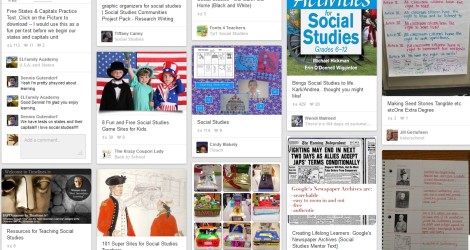This article is part of the 31 Days of Pinterest Hacks series. Find the main page for this series here.
Social Studies, Social Science, or the study of Geography and History, can sometimes be intimidating to children and adults alike. It’s a content area filled with facts and details that go back centuries! How do we teach geography and history to a child who struggles with reading or retaining information? I explain how to begin with the basics in this article.

You can find many ideas for Social Studies on Pinterest.
Why Social Studies may be a challenge for neurodivergent and disabled children
- Some children may have difficulty understanding the concepts of time space and time.
- Children with reading disabilities may find the content and vocabulary of Social Studies difficult to decode.
- Children requiring memory support may find it challenging to retain information on geography and history.
A word about Social Studies
I like to look at Social Studies in this way: Geography is the story and make-up of the earth, while history is the story and make-up of its people.
Suggestions for teaching Social Studies
- Tell the stories. Many books on the market today are aimed at children and target your province or state’s geography or history. Invest in a few and share the stories they tell. You can also find some online and tell them in your own words. Children understand history or geography through stories about real people and places.
- Display a timeline. Set up a timeline in a prominent place. It could be as simple as a string of yarn from one end of the wall to the other. Along the line, pin up important dates like the year we’re in, the child’s birthdate, siblings’ birthdates, parents’, etc. Talk about how far away they were born from this year. Then, add important dates from your stories to the timeline as you go along. This creates a concrete, visual resource that helps a child understand the concept of time.
- Study the calendar. You can talk about the days, weeks, months, and years using a calendar and the timeline.
- Explore space in terms of the child’s street, neighbourhood, and city. While outdoors, talk about what you see and draw it. “Oh, look. This is your house. I’ll draw your house. This is Mr. Smith’s house. It’s next to your house. See?” and so on. You can then make a model with playdough or construction paper of the street. If the child is ready, draw the map, or find it online. You may want to explore Google Earth and Google Streetview to make it semi-concrete.
- Spend time with the seniors in the child’s family. The child’s family has so much history. Have older adults tell stories to the child about their childhood. Grandma can share stories of her as a little girl and then her as a mother. It might be difficult for the child to grasp at first, but that’s a great time to introduce the family tree!
How do you set up Social Studies explorations?
If you’d like personalized strategies, let’s do that in a private call.

0 Comments